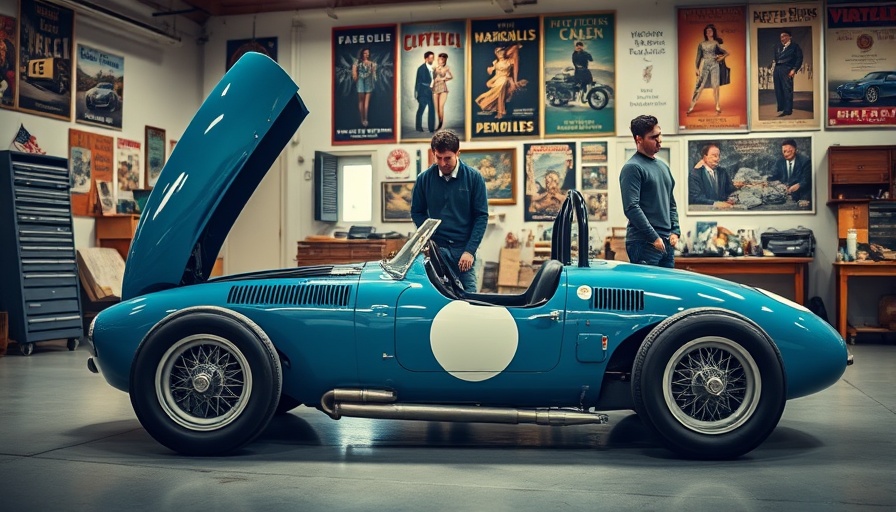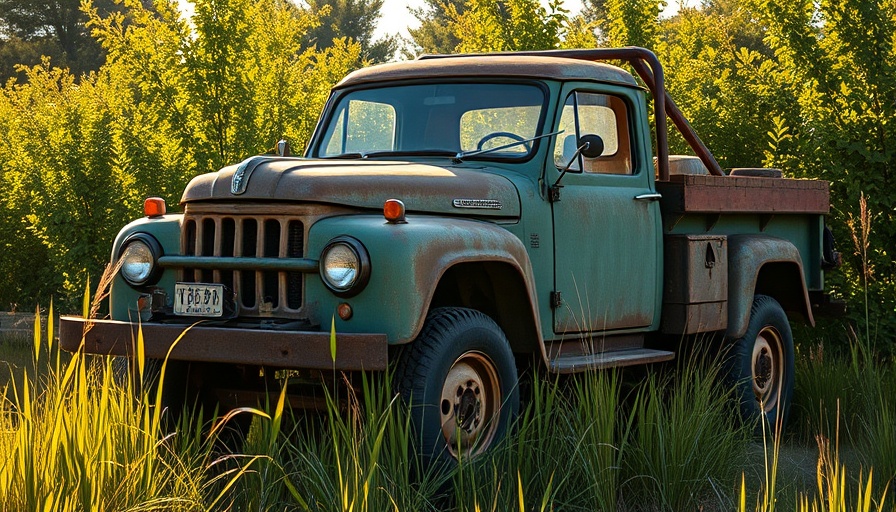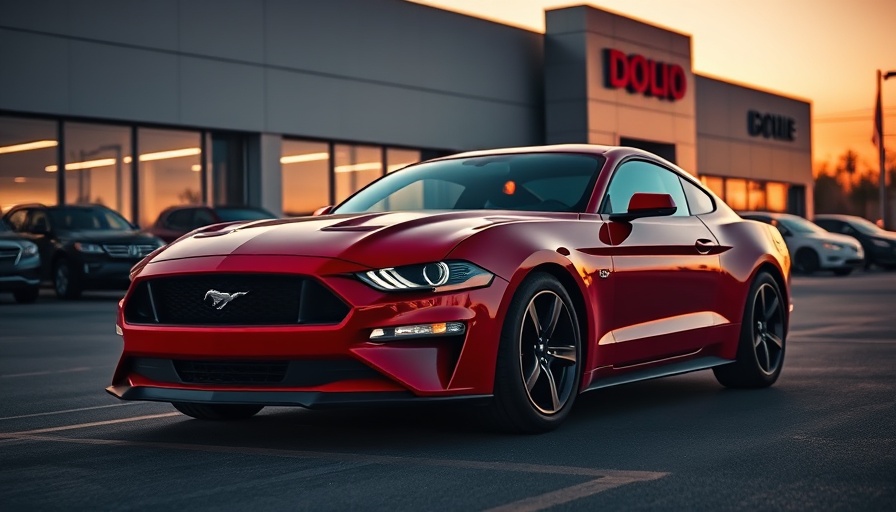
Discovering the Charm of the 1958 Berkeley Sports Car
The 1958 Berkeley Sports Car represents a beautiful blend of quirky design and engineering feat that has captured the hearts of vintage car enthusiasts. With its compact size, this tiny terror provides an exhilarating driving experience that makes it a standout in automotive history. Jay Leno’s recent exploration of this unique vehicle highlights its charm and challenges, providing insights into why such classics remain relevant today.
In 'Jay Leno Drives a Tiny Terror: The 1958 Berkeley Sports Car!', the discussion dives into the world of vintage vehicles and their unique maintenance needs, exploring key insights that sparked deeper analysis on our end.
The Significance of Compact Cars in Automotive Culture
Compact cars like the Berkeley Sports Car showcase a pivotal moment in automotive design. During the late 1950s, there was a shift towards smaller engines and lightweight vehicles, largely driven by fuel efficiency concerns. The Berkeley, with its diminutive frame and innovative use of materials such as fiberglass, exemplifies this trend. Understanding the impact of such vehicles allows us to appreciate their role in shaping modern car manufacturing and market strategies.
Finding Value in Vintage Vehicles
Acquiring a vintage vehicle like the Berkeley can be seen as an investment. Not only do these cars often appreciate in value, but they also provide a sense of nostalgia that often eludes modern models. Enthusiasts often engage in communities that celebrate restoration and maintenance, creating a culture that values craftsmanship and shared experiences. This community aspect can make owning a classic car a rewarding endeavor.
Maintaining a Vintage Car: Essential Tips for Enthusiasts
While owning a vintage car can be exciting, it comes with specific maintenance requirements that differ from modern vehicles. Here are some fundamental tips on how to maintain a car like the 1958 Berkeley Sports Car:
- Regular Fluid Checks: Learn how to check car fluids, including oil and coolant, to ensure optimal performance.
- Brake Maintenance: Keep an eye on your brake systems, as vintage cars may have different requirements than modern vehicles.
- Seasonal Maintenance Checklists: Create a seasonal car maintenance checklist to address issues such as tire rotation tips and how to inspect belts and hoses regularly.
- DIY Car Repairs: Familiarize yourself with basic car maintenance skills, like how to change an air filter car or conduct an oil change. This knowledge not only saves money but also deepens your appreciation for vintage mechanics.
- Engage with Technology: Utilize the best car maintenance apps to help keep track of your vehicle's needs and schedule inspections or upgrades.
Fuel Efficiency and Vintage Cars
As society becomes more environmentally conscious, the question arises: can vintage cars still be efficient? Surprisingly, many vintage models, including the Berkeley, deliver impressive fuel economy by modern standards. When examining how to improve fuel efficiency in older vehicles, consider weighing the benefits of lighter materials and tuning engines to maximize performance. Tips on how to check air pressure in tires or ensure proper weight distribution can further enhance efficiency.
Embracing the Charm of Vintage Cars in Today’s Market
Jay Leno’s Garage fosters a deeper appreciation for these classic machines, reminding us that their significance extends beyond mere transportation. Vintage cars stir emotions, often serving as a link between generations. As Leno maneuvers the Berkeley through winding roads, he captivates viewers not just with the car's aesthetics but also its historical legacy. Exploring such unique vehicles opens up discussions about the future of automotive culture—where the old meets the new.
Conclusion: Your Journey into Vintage Car Ownership
Owning a vintage vehicle like the 1958 Berkeley Sports Car is a journey that goes beyond car ownership. It merges automotive history with personal adventure and community engagement. Whether you’re newly entering the vintage car scene or an experienced enthusiast, taking proactive steps in the maintenance of your car will coalesce into a fulfilling car ownership experience. Be sure to embrace car care tips that inform your journey as you nurture and celebrate these incredible machines.
 Add Row
Add Row  Add
Add 




Write A Comment